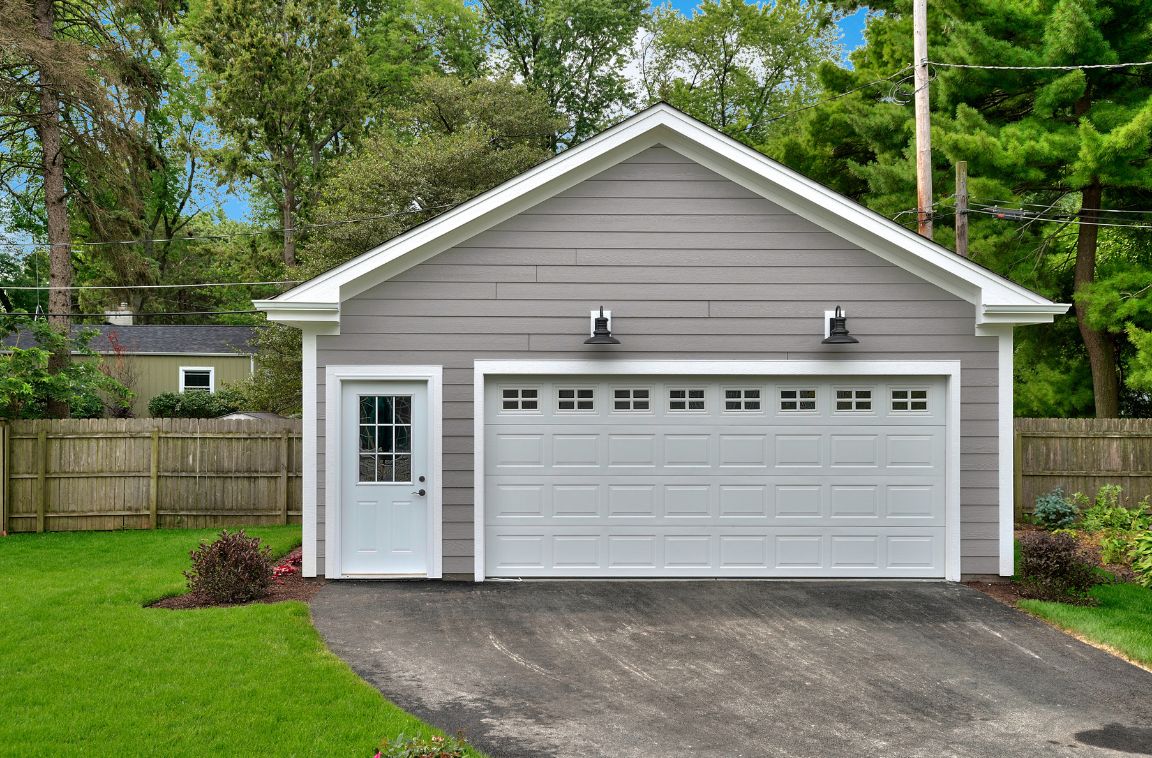Knowing the difference between conditioned and unconditioned space can be crucial if you’re designing a new space for your property. This knowledge will influence decisions ranging from ventilation to even your flooring choices. In this guide, we will get into the details of each space and provide insights to help you make the best decision.
What Is A Conditioned Space?
Conditioned space refers to any commercial or residential building area that can be heated or cooled. These temperature-controlled spaces typically include living rooms, bedrooms, and offices. For example, a heated home during the winter is a conditioned space.
Some key benefits of conditioned spaces include:
- Consistent comfort: Temperature and humidity remain constant, ensuring comfort throughout the year.
- Energy Efficiency: Properly insulated and sealed conditioned spaces can save money on your monthly energy bills.
- Storage: Properly insulated conditioned spaces allow you to store temperature-sensitive objects
- Better air quality: Air circulation and regulated temperatures reduce the risk of mold and allergens.


What Is An Unconditioned Space?
Conversely, unconditioned spaces are areas in a property that are not typically heated or cooled. Examples include attics, garages, staircases, sheds, or warehouses. While these spaces can be properly insulated, they experience more temperature fluctuations and are more exposed to the elements.
A few key characteristics of unconditioned spaces include:
- Natural ventilation: These spaces often rely on natural airflow due to not having air filters or HVAC systems.
- Varied temperatures: Depending on the season, they can become extremely cold or hot.
- Potential for moisture issues: Without regulated temperatures, these places are prone to condensation, leading to potential mold buildup or moisture damage.
Which Space Is Right For You?
Choosing between conditioned and unconditioned spaces often depends on your intended use. A conditioned space would be the best option for rooms where you spend significant time or store sensitive items like electronics or delicate furniture. However, if the area doesn’t need temperature regulation or you’re planning to use it as storage for non-sensitive items, an unconditioned space may be a more appropriate choice.
Tips for Maintaining Both Types of Spaces
Regardless of which space you design, maintaining them is crucial to avoid any damages in the future. Here are a few practical steps you can take:
- Conditioned spaces should be well-insulated to regulate temperature and maximize energy efficiency
- Unconditioned spaces should have adequate ventilation to prevent mold buildup
- Monitor both areas for signs of mold, pests, or any other structural issues
- Opt for flooring that compliments the decor and comfort, like hardwood or carpet, in a conditioned space
- Consider durable and moisture-resistant options like concrete or tiles for unconditioned spaces
Flooring Services For Every Space
No matter the type of space, the right flooring can enhance its function and style. Our flooring specialists at E_M Custom Flooring & Installations understand the unique needs of each one, and we are dedicated to ensuring you have the best flooring solution for your property. Please contact us for more information about our services or to schedule a consultation today.

